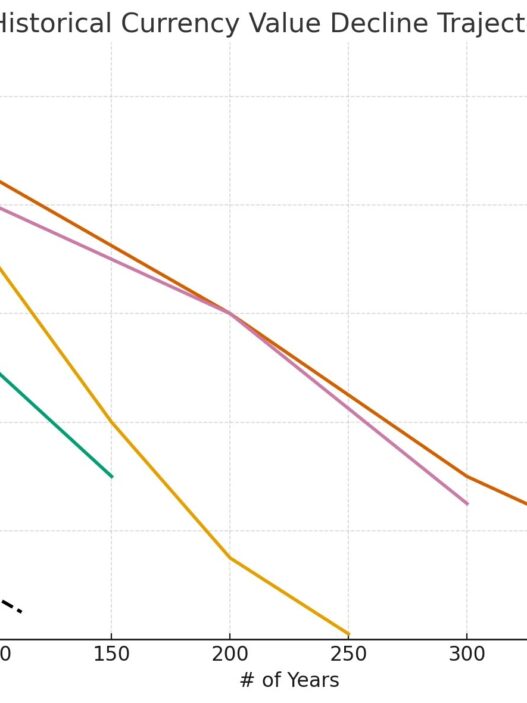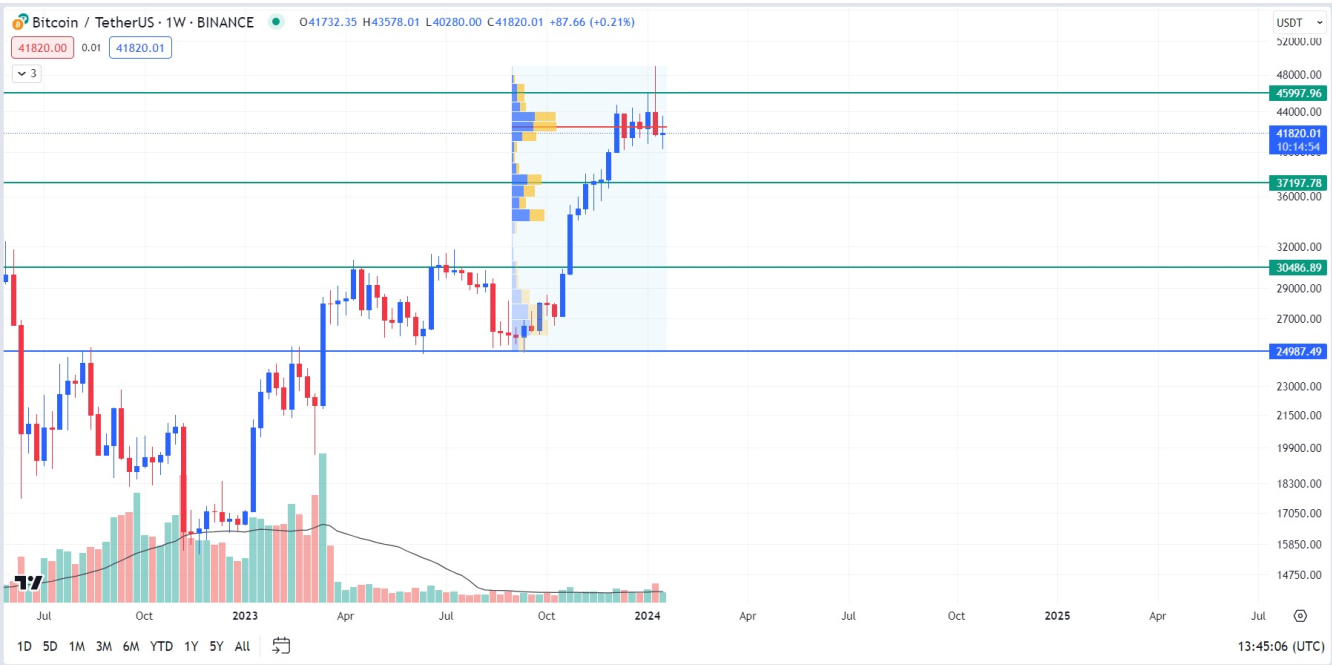Key Takeaways
What signals a potential launch date for Canary Capital’s spot XRP ETF?
The removal of the “delaying amendment” from its S-1 filing sets up a possible November 13 launch.
How is the XRP ETF ecosystem evolving ahead of U.S. approval?
Several XRP-linked ETFs are already trading with strong inflows, led by Teucrium and Rex-Osprey products.
The race toward a spot Ripple [XRP] ETF just took a notable step forward.
Canary Capital’s XRP ETF makes a major move
Asset manager Canary Capital has quietly removed the “delaying amendment” from its S-1 registration, a filing detail that, while procedural, signals the fund may be cleared for launch as early as the 13th of November.
The move comes on the heels of a strong week for altcoin ETFs, with Solana [SOL], Litecoin [LTC], and Hedera [HBAR] products entering the market.
The update was first highlighted by journalist Eleanor Terrett, who noted the adjustment in Canary Capital’s latest SEC submission.
She said,
“This sets Canary’s $XRP ETF up for a launch date of November 13, assuming the @Nasdaq greenlights the 8-A filing.”
However, the update comes with a caveat.
Is there more room for delay?
The timing of the effective date could still shift, depending on how quickly the SEC staff completes its review and whether any additional comments are raised.
Adding to the uncertainty is the recent reopening of the U.S. government. If Canary’s filing is already in good shape, the ETF could go effective sooner. However, if regulators request further disclosures, the launch may be delayed.
Interestingly, SEC Commissioner Paul S. Atkins recently expressed growing comfort with issuers using the auto-effective pathway. This legal mechanism enabled the launch of this week’s Solana, Hedera, and Litecoin ETFs.
Although Atkins did not comment directly on the spot XRP proposal, he praised companies leveraging the 20-day statutory waiting period to go live during procedural slowdowns. He emphasized that this approach is rooted in long-standing securities law.
Typically, a “delaying amendment” allows the SEC to control when a registration becomes effective. By removing this amendment, Canary is opting for automatic effectiveness after 20 days under Section 8(a) of the Securities Act of 1933—unless the SEC intervenes.
As a result, the 13th of November is now a realistic launch date, assuming Nasdaq finalizes its Form 8-A listing approval.
Other XRP ETF update
Even before a U.S. spot XRP ETF is officially approved, activity in the XRP ETF ecosystem is already gaining momentum.
Data from The Block shows that several XRP-linked ETFs are already trading, including Teucrium 2x Long Daily XRP ETF, Volatility Shares XRP ETF and 2x XRP ETF, Rex-Osprey XRP ETF, ProShares Ultra XRP ETF, and Purpose XRP ETF.
These funds have seen meaningful inflows.
For instance, the Rex-Osprey XRP ETF, launched in September, recently crossed $114.6 million in assets under management.
In the meantime, Teucrium’s leveraged XRP product has grown even faster, accumulating over $384.4 million in net assets since April.
Still, a larger slate of proposed products remains in the pipeline, including pending applications from Grayscale, Bitwise, CoinShares, WisdomTree, ProShares, Tuttle Capital, and 21Shares, along with Canary Capital’s own spot XRP ETF.
If Canary’s filing becomes effective on schedule, it would mark the first spot XRP ETF in the U.S.
Finally, Bloomberg’s James Seyffart suggested these revisions likely reflect SEC feedback, calling the move a “good sign.”
Seyffart put it best when he said,
“Almost certainly due to feedback from the SEC. Good sign, but also mostly expected”











